Interest in François-André Danican Philidor revived in 1926, the 200th anniversary of his birth.
Celebrations were planned at his birthplace, Drieux in the Champagne region of France, and Biarritz. In England too chess players were keen to mark the occasion.
Bust of Philidor (Cleveland Public Library Fine Arts and Special Collections)
On 30 August 1926, John Keeble took the train from Norwich to London. The 71-year-old chess writer and problemist was on a quest to find Philidor’s final resting place.
Reporting his progress to the chess historian H.J.R. Murray, Keeble gleefully recounts a visit to the Times chess correspondent who was preparing an hommage to the French maestro in his column:
‘I called on Mr Tinsly [sic], “The Times” yesterday … [who] told me he did not believe Philidor was buried in England at all! I was soon able to correct that opinion as I had the St James Church letter with me. He might have put forward that view but I have stopped it.’
Edward Samuel Tinsley was a journalist of little distinction and a chess player of even less, although in fairness he was on the whole a more reliable, honest and better informed correspondent than the paper’s present incumbent (Kingpins passim). Tinsley had been Keeble’s source for the planned Philifests.
Keeble confirmed to Murray by letter that Philidor had indeed been interred in London on 3 September 1795:
‘I can now say to a certainty that Philidor was buried either inside, or in the surrounding graveyard, of the Church of St James, Piccadilly. The church authorities cannot say where. I went yesterday to see their burial roll. It is a large book with parchment leaves, but very little information is given in it. Only the date of the burial, full name and a simple letter, either M. W or C meaning Man, Woman, Child.’
A curiosity is that Philidor’s burial record contains two misspellings of his name (three if you count the missing cedilla in Francois):
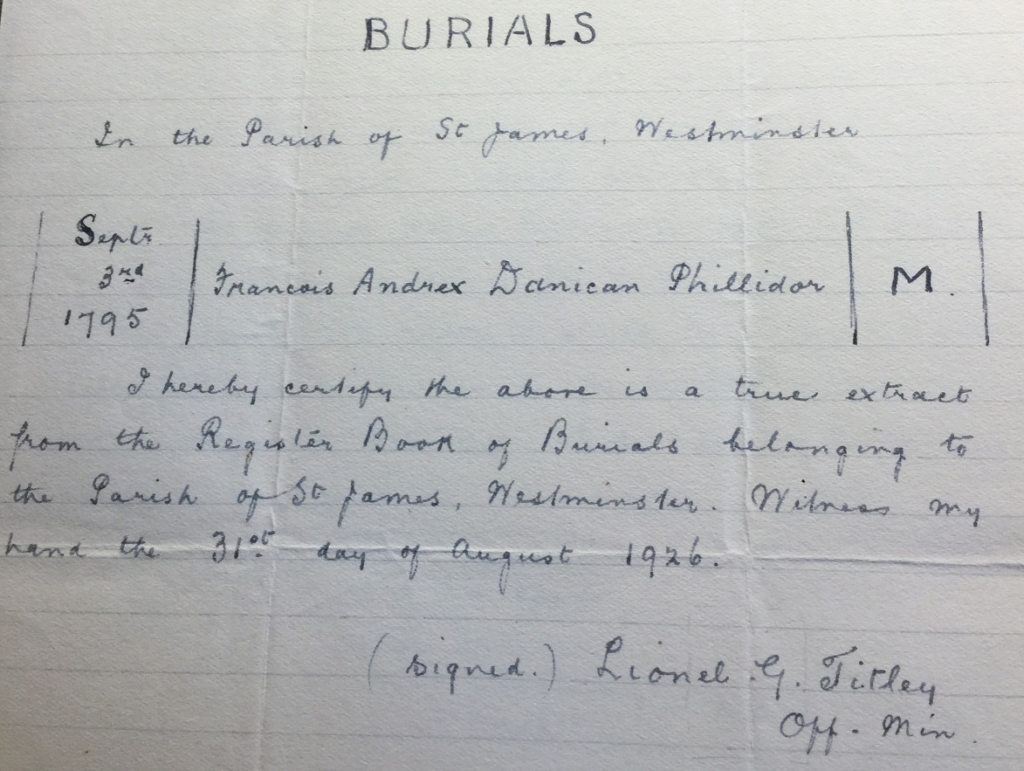 John Keeble’s copy of the note he received from St James Church confirming Philidor’s entry in the burial register (Bodleian Library)
John Keeble’s copy of the note he received from St James Church confirming Philidor’s entry in the burial register (Bodleian Library)
Keeble described his findings in the October 1926 issue of the British Chess Magazine.
John Keeble c.1935 (Cleveland Public Library Special Collections)
Keeble investigates Philidor’s last home in Ryder Street, Piccadilly (Bodleian Library)
Keeble would have appreciated the meticulous detective work that has recently established the precise location of Philidor’s burial plot.
With Philidor’s tercentenary eight years away (to the day), there is plenty of time to organize a campaign to raise funds for a memorial celebrating the father of modern chess.
Sources
Gordon Cadden, ‘Sleuthing for Philidor’s Grave’, Newport Chess Club, 1 January 2015.
Chess Notes, C.N. 10046, 29 July 2016.
Chess Notes, C.N. 10057. 6 August 2016.
Tim Harding, British Chess Literature to 1914: A Handbook for Historians (McFarland, 2018).
David Hooper and Kenneth Whyld, The Oxford Companion to Chess (Oxford University Press, 1992).
H.J.R. Murray Papers, Bodleian Library, Oxford, MS HJR 164.
Edward Winter, ‘The Chess Tinsleys’, Chess Notes, 11 June 2016.
Display photograph: Bust of Philidor (Cleveland Public Library Fine Arts and Special Collections)

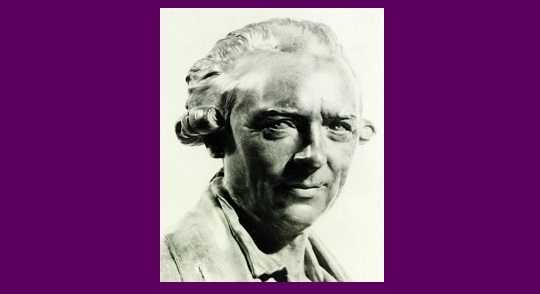
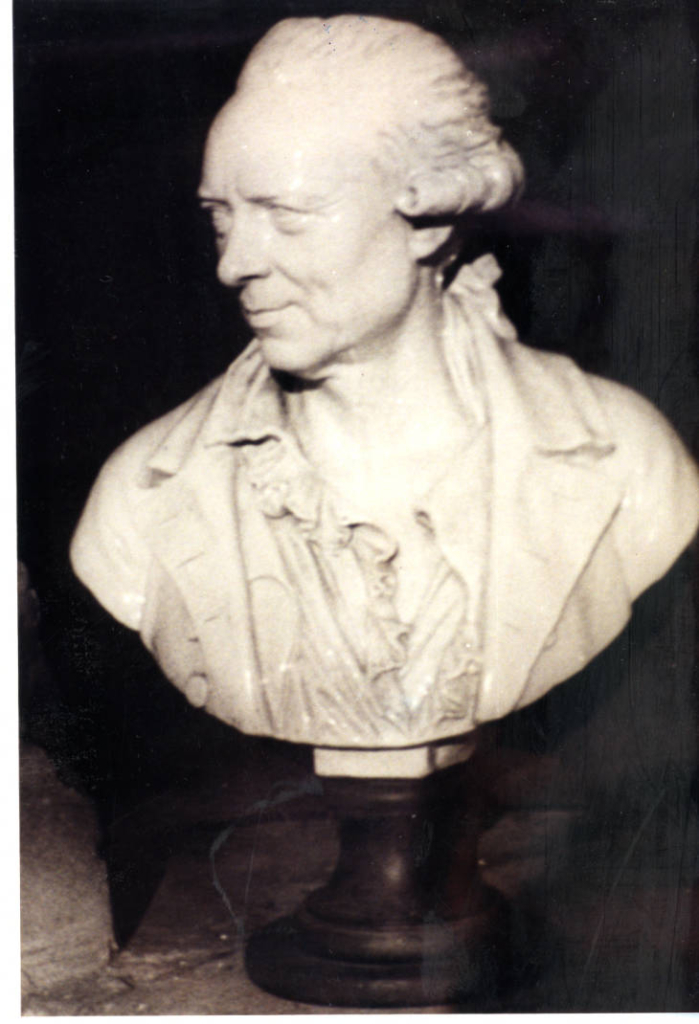
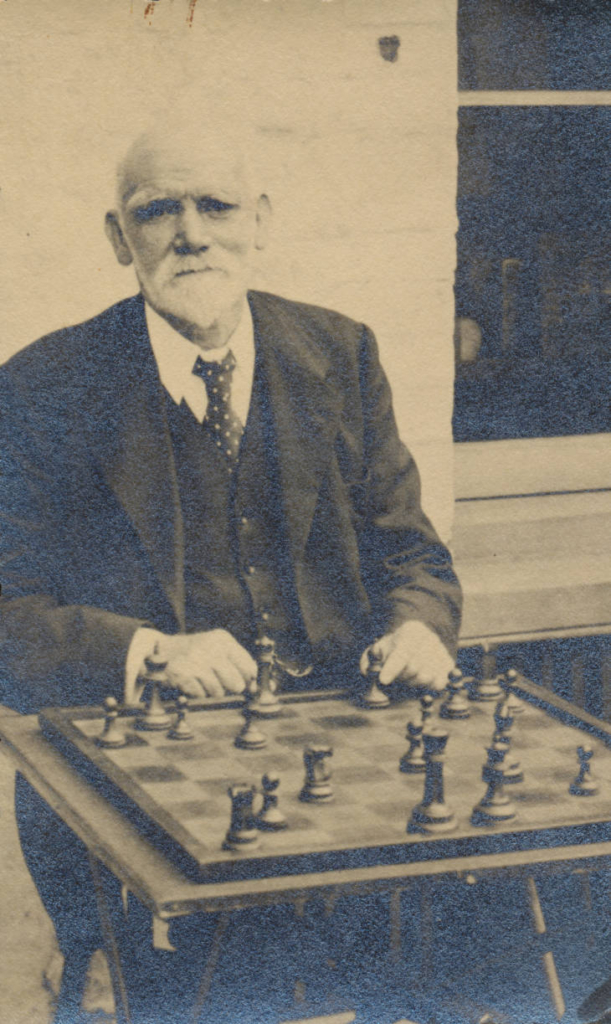
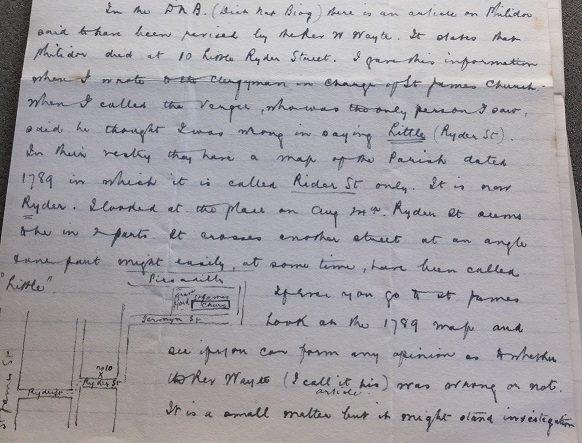
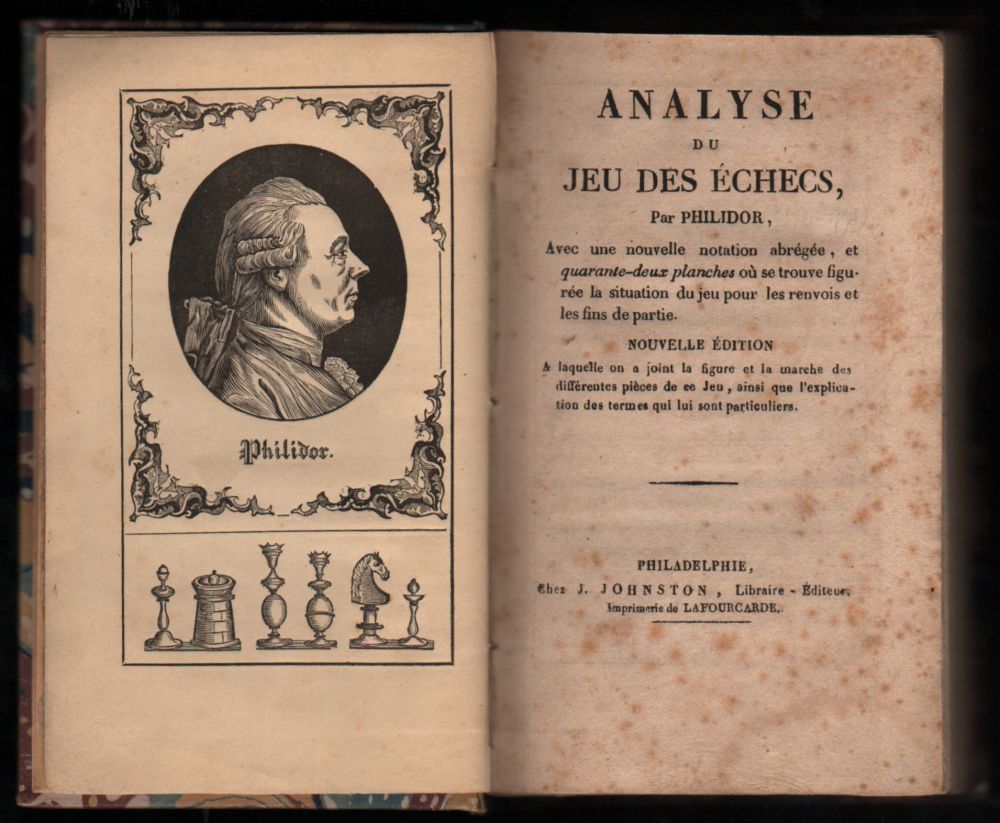

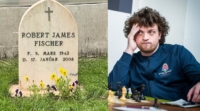
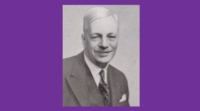
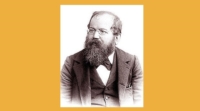
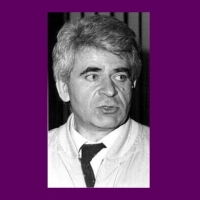
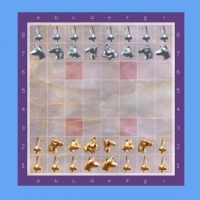

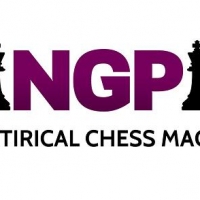
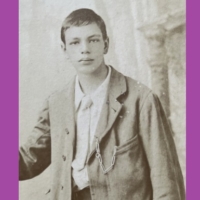
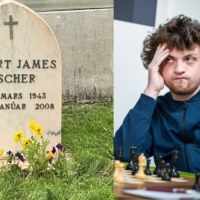
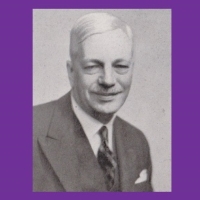
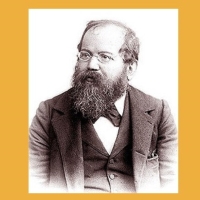
Gary Kenworthy
→ Commenting on: Tim Krabbé: 20 Questions
Jon Manley
→ Commenting on: No Regrets: Boris Spassky at 60
IchessU
→ Commenting on: No Regrets: Boris Spassky at 60
S.B. Cohen
→ Commenting on: Chess and Sex – The Survey